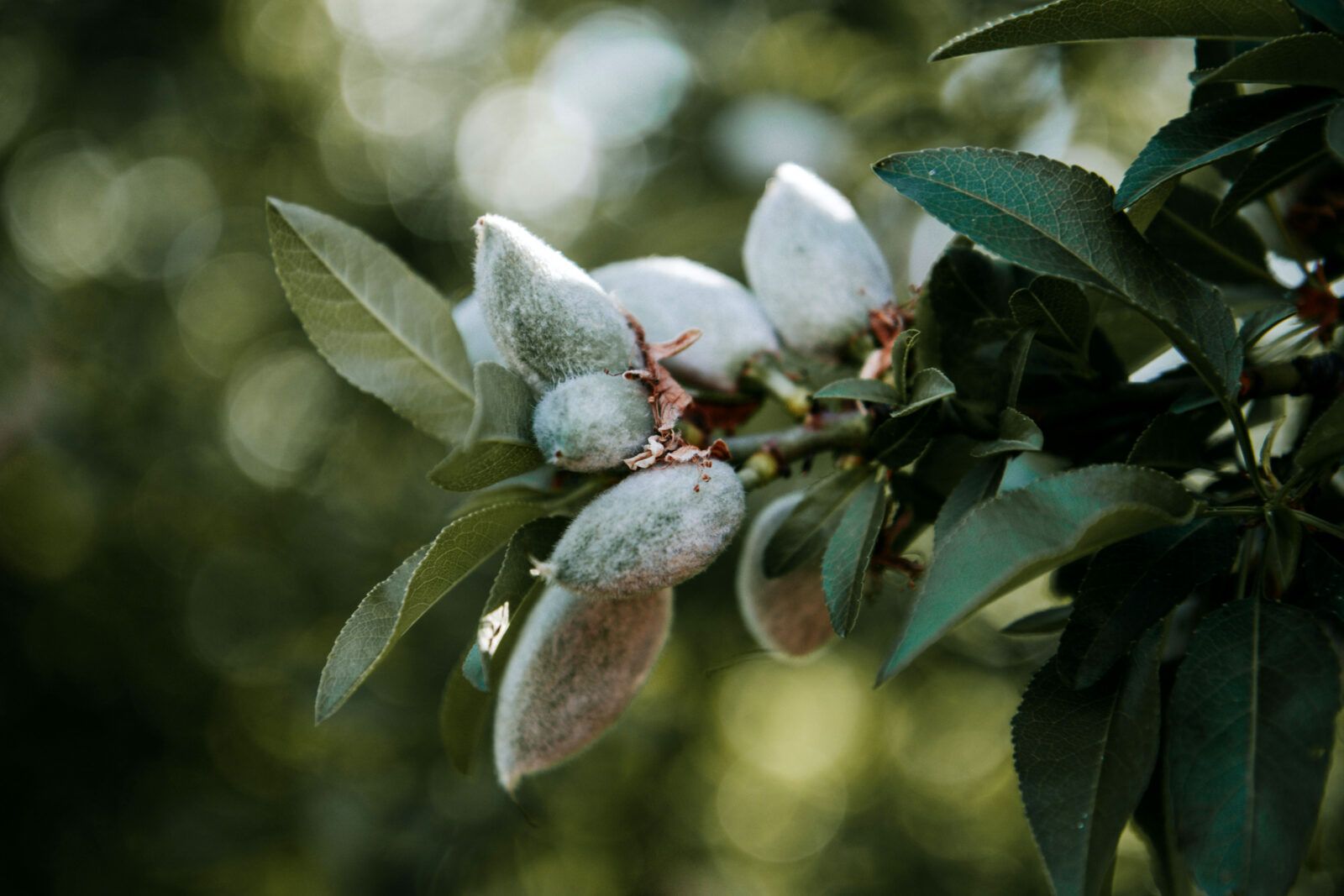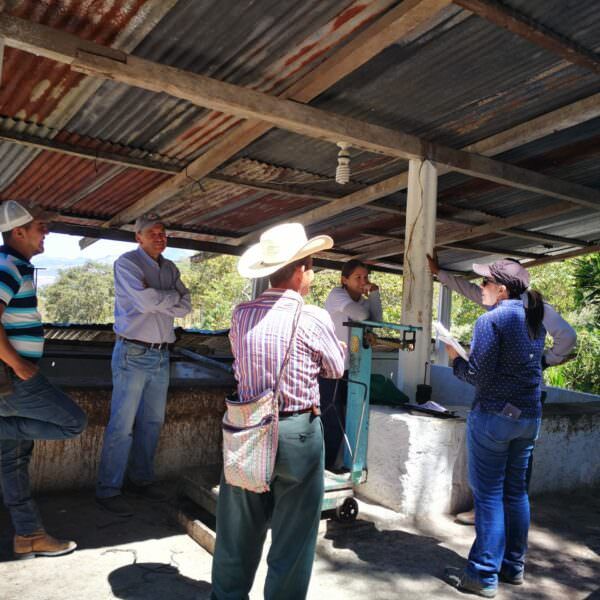It’s no secret that almond consumption has soared over the past two decades. From almond milk to almond flour, the nut’s popularity has been rising thanks to its versatility in snacks, gluten-free baking, and as a base for dairy alternatives.
But how much do you know about them? Originating in the Middle East, the almond tree thrives in Mediterranean climates around the world. Technically a seed, almonds grow inside the fleshy fruit of the almond tree, encased within a hard shell and covered by an outer hull. As they ripen, the almond hulls split open, revealing the almond shell before the nuts are shaken off the trees during the annual harvest.
Growing almonds in the Golden State
As almond farming has expanded to meet the surge in health-conscious eating and plant-based diets, much of that growth has been centered in California—which produces an astonishing 80 percent of the world’s almonds. From 2011 to 2022 alone, the total acreage of the state’s commercial almond orchards jumped from 760,000 acres to more than 1.3 million.
While California is known for its highly professional mega-orchards, almond farming is not without its challenges. The process is water-intensive, requiring about 3.2 gallons of water to produce a single almond. This causes significant environmental issues, especially in drought-prone places like California. Additionally, almond growers are concerned about bee colony health. Almond trees depend on pollinators, yet bee populations are being decimated by an over-reliance on pesticides and other harmful chemicals.
Leveling up sustainable practices
Since 2023, the Rainforest Alliance has been working with ranches in California to embrace better growing practices and become Rainforest Alliance Certified. Guided by our Sustainable Agriculture Standard, these ranches are building their climate resilience and adopting a regenerative approach by improving their water management, waste treatment, and agrochemical use.
Through careful planning and monitoring, irrigation and water distribution systems are being improved to reduce water waste, erosion, and salinization while boosting crop productivity. At the same time, ranches are reducing their agrochemical use by adopting Integrated Pest Management processes, which involve improving soil health and increasing natural plant life. This holistic method helps ranches reduce pest-related crop losses, increase biodiversity, and protect pollinators, ground water, and their workers.
Boosting climate resilience and regenerating natural ecosystems
To build climate resilience and regenerate the environment, the Rainforest Alliance Certification Program requires ranches to conserve natural ecosystems. Ranches must monitor and expand natural plant life through conservation areas, riparian buffers, border plantings, or by restoring forested areas surrounding the farm. These actions not only drive carbon storage and biodiversity benefits for the surrounding environment, but also help the farm ecosystem improve soil fertility, reduce water and soil losses, and better cope with a changing climate.
Human rights: upping health and safety standards
Rainforest Alliance certification also requires almond growers to complete risk assessments of their health and safety protocols. In doing so, they must also create systems to identify and address forced labor and discrimination violations when they do occur. This can include setting up grievance mechanisms, such as complaint hotlines. These processes are an important element of robust human resources policies to strengthen workers’ rights.




